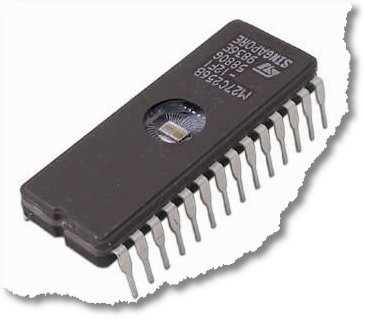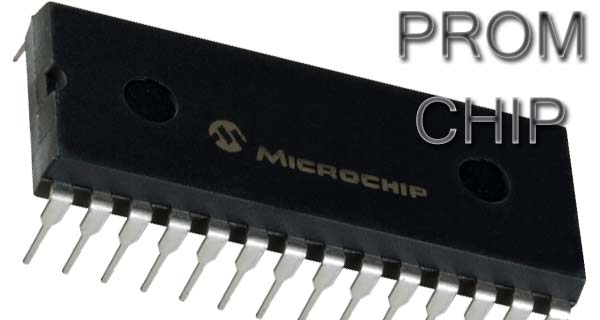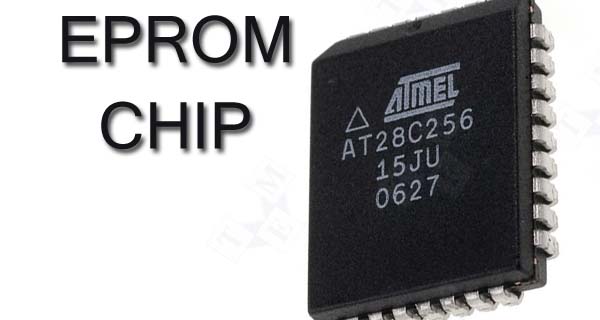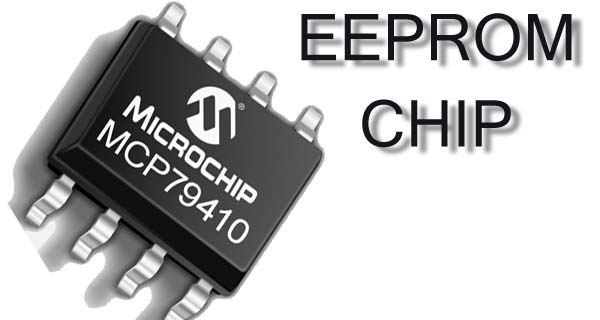Explains Different Types Of ROM Memory Like PROM EPROM EEPROM
this page explains the Different Types Of Memory ROM modules for computers Like PROM EPROM EEPROM you can find in many of todays computer and gives you an explanation as what is the differences between these different types of memory modules. [697], Last Updated: Mon Jun 24, 2024
learn_linux
Thu Mar 15, 2012
52 Comments
18897 Visits
Explain What ROM Memory is
This article will be focused on ROM memory and its different types of ROM memory available. The goal of this tutorial is to help you understand ROM memory. This is very helpful information when you are getting ready to take any type of tests, specially a computer certification exam. Once you have completed reading this short article, you will have a deeper understanding what ROM memory is. Be sure to read this complete article. Be sure not to skip any steps.What is PROM Memory?
There are many types of computer memory. What is Computer Memory? Computer Memory is 1 and 0s stored as data into memory chips. Memory is data storage into logical paths of processed instructions required to store virtual data cells. Each cell contains a distinct address. Computers use memory to store temporary or permanent data for processing data much faster than reading and writing into disk drives. The exception is with SSD (Solid State Drives). SSD Drives are memory chips which store permanent data. Lets learn about different types of ROM memory:The first type of memory we are going to look at is call ROM. ROM stands for:
Read
Only
Memory
Read Only Memory is non-volatile memory and its physical memory.
non-volatile memory means, it does not get erase or overwritten.
physical memory means its tangible (you can touch and feel)
in ROM, if there is no electricity flowing through the ROM chip, the memory stays and is not lost.
ROMs are use in programs to start computers. A good example of ROM memory is your computer Firmware.
While ROMs sound perfect, they are not. they have their limitations because once you write data into a ROM, it is burnt into the chip and it cannot be changed or deleted. For this reason, the following three types of ROMs were created. Lets take a look at all of them on the following slides:
Now that you have learned different types of ROM memory, we encourage you to take this short quiz to enhance your knowledge of ROM memory. Good luck.
Computer Memory Knowledge Quiz
This quiz will test your knowledge on Computer Memory. There are many types of memory systems in a computer. This is a helpful quiz if you are preparing for taking the CompTIA A+ exam. You will be asked some of these related question. Good luck!
sandy
Sat Oct 16, 2010
very bad very very bad
rummy
Thu Mar 15, 2012
eeprom electrical hai not electronical
abc
Wed Aug 12, 2015
good and helpful for examination
Gowtham
Tue Oct 27, 2015
You Are A # silly #
kumari
Mon Oct 18, 2010
nice explanation
ronie
Thu Nov 15, 2012
kevu keka very well understood thanks
gene
Mon Oct 18, 2010
thanks for helping me. i am getting ready to take my certification exam and i have to learn this by the end of the week or else my employer will make me pay for the test.
Prithishri
Wed Nov 08, 2017
It's really good to take up a quick test after reading
https://www.webune.com/forums/different-types-of-rom-explained-like-prom-eprom-eeprom.html
https://www.webune.com/forums/different-types-of-rom-explained-like-prom-eprom-eeprom.html



